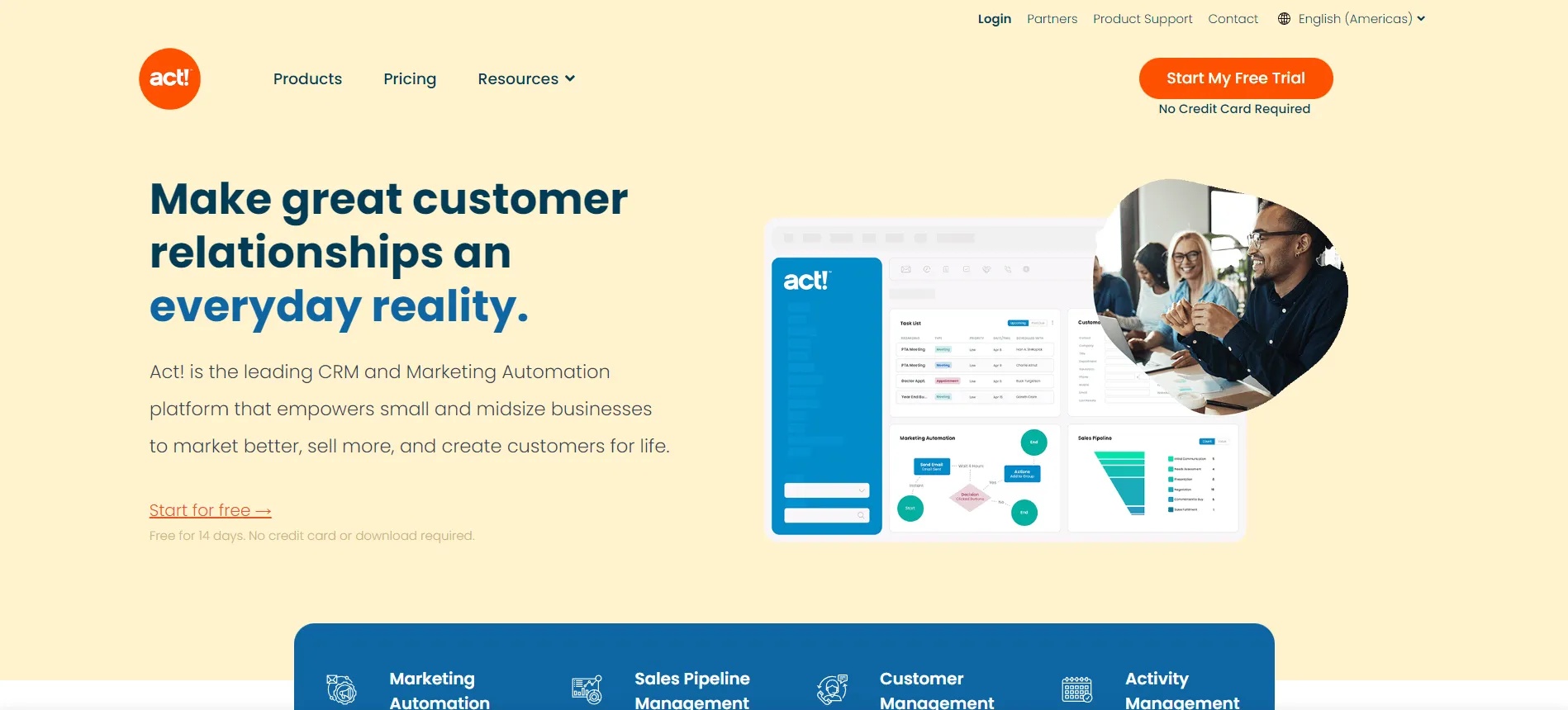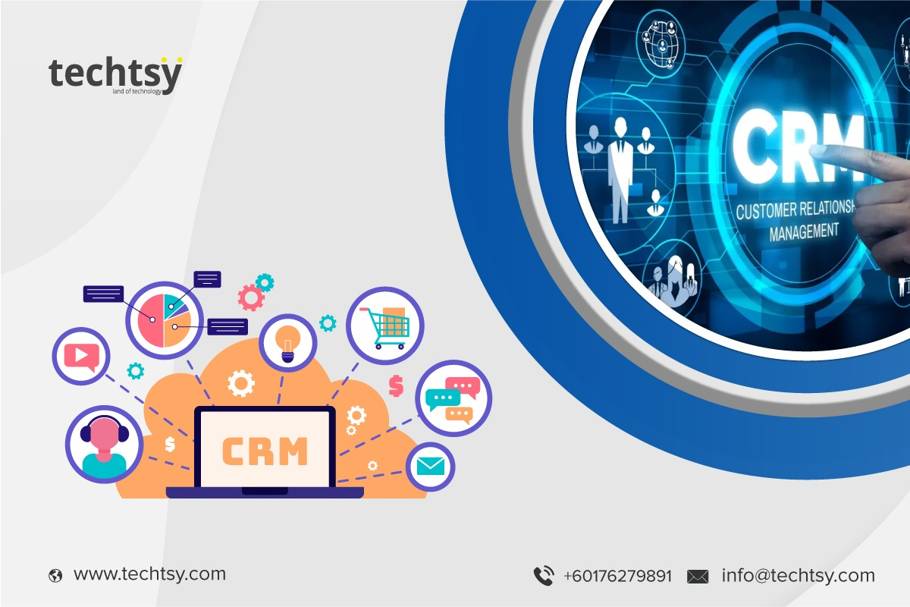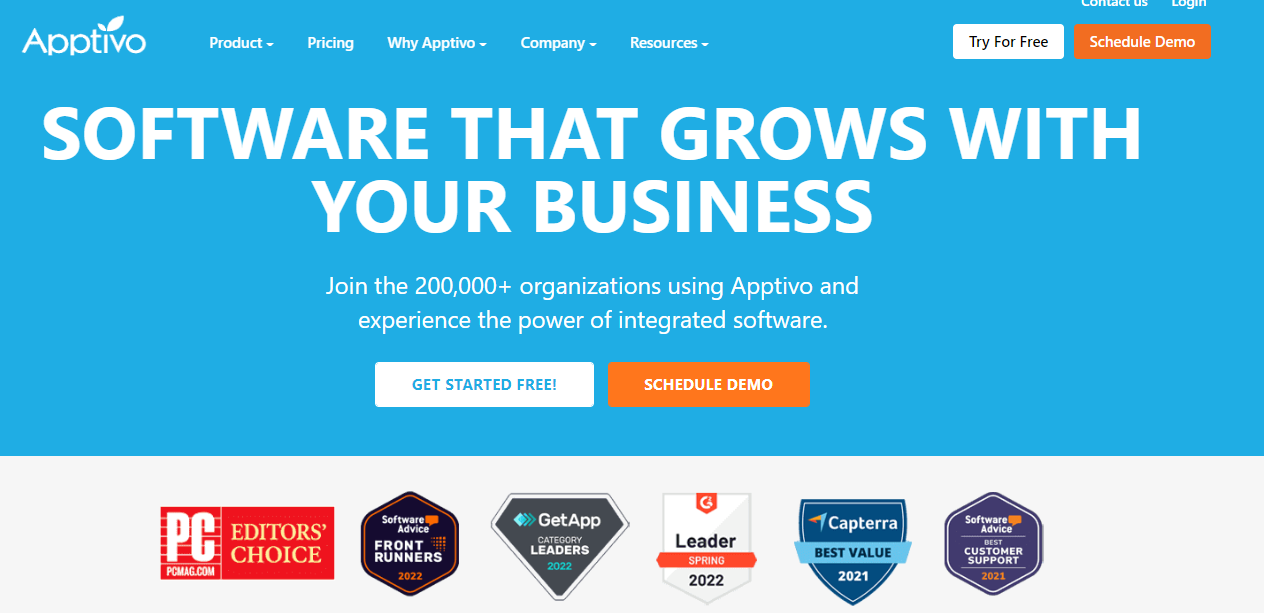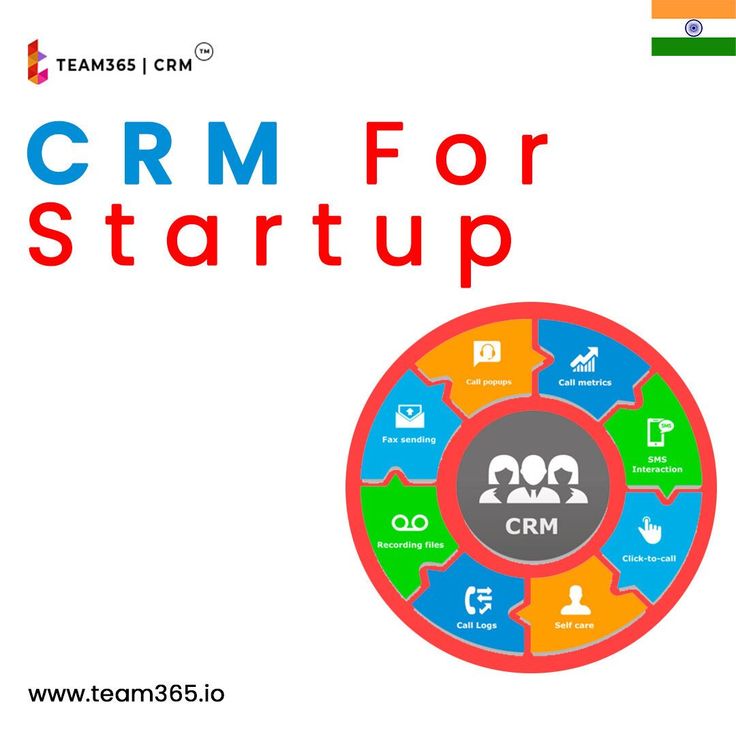Best CRM for creatives? Finding the right Customer Relationship Management system is crucial for creative professionals, allowing them to manage clients, projects, and finances efficiently. Whether you’re a graphic designer juggling multiple clients, a photographer managing shoots and post-production, or a writer balancing various projects, a well-chosen CRM can significantly boost productivity and profitability. This guide explores the essential features, top platforms, and best practices for creatives seeking to optimize their workflows.
From initial client contact to final invoice, a CRM streamlines every stage of the creative process. It centralizes communication, tracks project progress, manages deadlines, and simplifies invoicing – ultimately freeing up valuable time and energy to focus on what you do best: creating.
Defining “Creative Professionals”

The term “creative professional” encompasses a broad spectrum of individuals who generate original works and services using their imagination, skill, and talent. While often associated with artistic endeavors, this category extends far beyond painters and sculptors, encompassing a vast and diverse range of professionals whose work relies heavily on creativity and innovation. Understanding this diversity is crucial for selecting and effectively utilizing a CRM tailored to their specific needs.The specific needs of creative professionals when it comes to managing their business vary significantly depending on their chosen field.
A photographer’s workflow and client interactions differ drastically from those of a graphic designer or a writer. This necessitates a CRM system that is flexible and adaptable to the unique demands of each creative niche. A one-size-fits-all approach simply won’t suffice.
Creative Niches and Their CRM Requirements
Different creative professions have unique workflows and client interactions, requiring specialized CRM features. For example, photographers often need robust image management capabilities within their CRM, while writers might prioritize project tracking and deadline management. Graphic designers, on the other hand, may benefit from features that streamline client feedback and version control. Understanding these nuances is critical in selecting the right CRM solution.
Comparison of CRM Requirements Across Creative Professions
The following table compares the common characteristics and CRM requirements of three distinct creative professions: graphic designers, photographers, and writers.
| Characteristic | Graphic Designer | Photographer | Writer |
|---|---|---|---|
| Primary Deliverables | Visual designs (logos, branding, website designs) | Photographs (portraits, events, products) | Written content (articles, books, marketing materials) |
| Client Interaction | High, involving multiple revisions and feedback rounds | Moderate to high, often involving pre-shoot consultations and post-production reviews | Moderate, often involving revisions and edits |
| Project Management Needs | Strong, requiring version control and collaboration tools | Moderate, focusing on scheduling and delivery of final images | Strong, requiring deadline tracking and progress monitoring |
| Essential CRM Features | File sharing, project timelines, client feedback management | Image gallery integration, scheduling, client proofing tools | Document management, task management, deadline tracking |
CRM Features Crucial for Creatives
A robust CRM system is no longer a luxury but a necessity for creative professionals navigating the complexities of client projects, communication, and financial management. The right CRM can significantly improve efficiency, organization, and ultimately, profitability. By centralizing client information, project details, and financial records, a CRM empowers creative businesses to focus on what they do best: creating.Choosing a CRM that aligns with your specific needs is crucial.
This section will Artikel essential features that streamline the creative workflow and contribute to a more efficient and profitable business.
Essential CRM Features for Creative Professionals
The ideal CRM for creatives should offer a seamless blend of contact management, project management, and financial tools. These integrated features ensure a streamlined workflow from initial client contact to final project delivery and invoicing. A poorly integrated system can lead to duplicated efforts and lost time, ultimately hindering productivity.
- Contact Management: A comprehensive contact database is fundamental. This includes storing client details (name, contact information, communication history, project history, and preferences), enabling personalized communication and efficient follow-up. This also allows for easy segmentation of clients for targeted marketing or special offers.
- Project Management: This involves tools for task management, deadlines, file sharing, and progress tracking. Visual representations of project timelines and progress are beneficial. Features like automated reminders and notifications help prevent missed deadlines and ensure timely project delivery. The ability to link project tasks directly to specific clients within the contact database enhances organization.
- Financial Management: Seamless integration of invoicing, expense tracking, and payment processing is essential. Automated invoicing saves time and ensures timely payments. Tracking expenses associated with each project offers valuable insights into profitability. The ability to generate reports on income, expenses, and outstanding invoices provides crucial financial oversight.
- Communication Tools: Integrated email marketing, chat features, and potentially even video conferencing capabilities within the CRM platform can drastically improve client communication. This centralization streamlines communication and provides a readily accessible history of interactions for each client.
- Reporting and Analytics: Data-driven insights are invaluable for business growth. The CRM should provide reports on key metrics such as client acquisition cost, project profitability, and sales trends. This allows for informed decision-making and strategic planning.
Streamlining the Creative Workflow with a CRM
From the initial client inquiry to the final project delivery, a well-implemented CRM significantly streamlines the creative workflow. For example, a new client inquiry can be immediately logged into the system, automatically assigning it to the appropriate team member. Project milestones and deadlines can be tracked, ensuring timely completion. The system can then automatically generate invoices upon project completion, minimizing administrative overhead.
Finally, client feedback and communication are centrally stored, offering a complete history of each project.
The Interplay of Contact, Project, and Financial Management in a Creative CRM
While each feature (contact, project, and financial management) is important independently, their integration is crucial. For instance, detailed contact information allows for personalized project proposals and targeted communication. Project management tools linked to client profiles ensure that all project-related communication and documentation are easily accessible. Financial tools, in turn, provide a clear picture of project profitability based on the expenses tracked against the client’s invoices.
This interconnectedness ensures a holistic and efficient management system. Without this integration, a creative business risks losing track of crucial information, leading to inefficiencies and potentially lost revenue.
Top CRM Platforms and Their Suitability

Choosing the right CRM can significantly impact a creative professional’s efficiency and business growth. The ideal platform will streamline client management, project tracking, and communication, ultimately freeing up valuable time for creative pursuits. This section compares three leading CRM platforms, highlighting their strengths and weaknesses for creative professionals.
CRM Platform Comparison: HubSpot, Monday.com, and Zoho CRM
This comparison analyzes HubSpot, Monday.com, and Zoho CRM, considering their features, pricing, ease of use, and integration capabilities relevant to creative professionals. Each platform offers a unique set of tools and caters to different business needs and scales.
| Feature | HubSpot | Monday.com | Zoho CRM |
|---|---|---|---|
| Client Management | Excellent contact management, robust pipeline tracking, detailed contact history. | Strong contact management, customizable dashboards for visualizing client progress. Less emphasis on detailed sales pipeline tracking compared to HubSpot. | Good contact management, customizable fields, but lacks the sophisticated pipeline features of HubSpot. |
| Project Management | Integrates well with project management tools, but core project management features are less robust than dedicated platforms. | Excellent built-in project management features, including task assignment, deadlines, and progress tracking. A strong choice for project-centric businesses. | Basic project management capabilities; better suited for smaller projects or as a supplement to a dedicated project management tool. |
| Communication Tools | Strong email marketing integration, live chat capabilities, and seamless communication within the platform. | Good communication features, primarily focused on updates and task assignments within the platform. Less emphasis on marketing automation. | Offers email integration and basic communication tools, but lacks the advanced marketing features of HubSpot. |
| Pricing | Offers a free plan with limited features, and various paid plans scaling in price with increasing functionality. Can become expensive for larger teams. | Offers a free plan with limited features, paid plans are competitively priced, particularly for teams needing strong project management features. | Offers a free plan and various affordable paid plans, making it a cost-effective option for smaller businesses. |
| Ease of Use | Steeper learning curve initially, but offers extensive documentation and support. | Intuitive interface and relatively easy to learn, especially for users familiar with project management software. | Generally user-friendly, but some advanced features might require more training. |
| Integration Capabilities | Extensive app marketplace with integrations for various tools. | Good integration capabilities, but the selection might be less extensive than HubSpot’s. | Offers a decent range of integrations, but may lack some niche integrations specific to creative industries. |
Ease of Use and Integration with Creative Tools
HubSpot, while powerful, may present a steeper learning curve compared to Monday.com or Zoho CRM. Monday.com’s intuitive interface makes it easier for users to quickly adapt, especially those already familiar with project management software. Zoho CRM occupies a middle ground, offering a user-friendly experience while still providing a range of features. Regarding integrations, HubSpot boasts a vast app marketplace, offering seamless connections with various design and collaboration tools.
Monday.com and Zoho CRM also offer integrations, though their app marketplaces may be less comprehensive. The specific integrations needed will depend on the creative professional’s existing workflow and toolset. For example, a designer might prioritize integrations with Adobe Creative Cloud, while a photographer might focus on integrations with photo editing software and client proofing platforms.
Client Relationship Management Best Practices: Best Crm For Creatives

A well-implemented CRM system is more than just a contact list; it’s a powerful tool for nurturing client relationships, boosting retention, and driving revenue growth. Effective CRM usage involves proactive engagement, personalized communication, and efficient project management, all fueled by the data your CRM collects. By strategically leveraging these capabilities, creative professionals can build stronger, more profitable relationships with their clients.Effective strategies for using a CRM to nurture client relationships and boost client retention involve consistent engagement and personalized service.
This goes beyond simply sending out marketing emails; it’s about building genuine connections and demonstrating a genuine understanding of each client’s needs and goals. This understanding, derived from the CRM’s detailed client profiles, informs your communication and ensures you’re providing relevant, valuable information at the right time.
Personalized Client Communication and Targeted Marketing
CRM data provides invaluable insights into client preferences, project history, and communication styles. This information allows for highly targeted marketing campaigns and personalized communications. For example, segmenting your client base based on project type or industry allows you to send relevant updates, case studies, or offers tailored to their specific interests. A client who primarily works on branding projects would appreciate different content than a client focused on web design.
Analyzing communication history within the CRM can also reveal preferred contact methods, allowing you to optimize your outreach strategy for maximum engagement. This approach fosters stronger relationships and increases the likelihood of repeat business and referrals.
Managing Client Projects from Start to Finish Using a CRM
Utilizing a CRM for project management streamlines workflows and enhances collaboration. A step-by-step guide to this process might look like this:
- Project Initiation: Create a new project record in your CRM, inputting all relevant details such as client information, project scope, deadlines, and budget. Assign team members and track initial tasks.
- Collaboration and Communication: Use the CRM’s communication features (email integration, notes, etc.) to centralize all project-related communication. This ensures everyone on the team is informed and prevents crucial information from getting lost.
- Progress Tracking: Regularly update the project record with progress updates, milestones achieved, and any challenges encountered. Use built-in task management tools to track deadlines and assign responsibilities.
- Client Feedback and Revisions: Record all client feedback and revisions directly within the project record, maintaining a clear audit trail of changes and ensuring transparency.
- Project Completion and Review: Upon project completion, mark the project as closed and record final deliverables, client feedback, and overall project performance. This data can inform future projects and improve your processes.
This systematic approach, facilitated by the CRM, ensures smooth project execution, minimizes miscommunication, and provides a clear record of the entire process. It also allows for efficient post-project analysis, leading to improved client satisfaction and future project planning.
Integrating CRM with Other Tools
A robust CRM system for creative professionals isn’t just a contact database; it’s a central hub connecting various aspects of their business. Integrating your CRM with other essential tools significantly streamlines workflows, improves data accuracy, and ultimately boosts productivity. This integration allows for a more holistic view of client projects and finances, reducing the time spent on manual data entry and reconciliation.Seamless integration eliminates the need for constant data transfer between different platforms.
Imagine the time saved by automatically updating project status in your project management software when a client interaction is logged in your CRM, or having client invoices generated directly from project milestones tracked within the CRM. This level of automation fosters efficiency and reduces the risk of human error associated with manual data entry. By connecting disparate systems, you create a single source of truth, simplifying reporting and analysis.
CRM Integration with Project Management Software
Integrating your CRM with project management software (like Asana, Trello, or Monday.com) provides a unified view of client projects. This integration allows for the seamless tracking of project progress, task assignments, and deadlines directly within the CRM client profile. For example, you can see at a glance the current status of a website redesign project, including completed tasks, upcoming deadlines, and any associated communication with the client.
This consolidated view enhances project management and improves communication with clients, preventing delays and misunderstandings. Furthermore, you can easily track time spent on each project directly within the CRM, simplifying invoicing and financial reporting.
CRM Integration with Accounting Software
Connecting your CRM to accounting software (such as Xero or QuickBooks) automates invoicing and financial reporting. Client information, project details, and time tracking data are automatically transferred, reducing manual data entry and minimizing the risk of errors. This integration enables you to generate accurate invoices quickly, track payments, and manage expenses efficiently. For instance, when a project is completed and marked as such in the CRM, the system can automatically generate an invoice in your accounting software, populated with relevant project details and time tracking data.
This streamlines the billing process, improves cash flow, and provides a clear financial overview of your business.
CRM Integration with Social Media Platforms, Best crm for creatives
Linking your CRM to social media platforms (like LinkedIn, Instagram, or Twitter) allows for more effective client engagement and social listening. You can track client interactions, monitor brand mentions, and gain valuable insights into client preferences. This integration enables personalized communication and targeted marketing efforts, enhancing client relationships and driving business growth. For example, you can use social media data to personalize your CRM client profiles, including noting preferred communication channels or identifying potential project opportunities based on their recent posts.
This enhances communication and creates a more targeted marketing approach.
Workflow Example: CRM, Project Management, and Accounting Software
The following illustrates a streamlined workflow incorporating a CRM, project management software, and accounting software:
- New Client Onboarding: A new client is added to the CRM, including contact information, project scope, and budget.
- Project Initiation: The project is created in the project management software, linking directly to the client’s profile in the CRM. Tasks and deadlines are assigned.
- Progress Tracking: As tasks are completed in the project management software, the CRM automatically updates the project status and logs time spent on each task.
- Invoicing: Upon project completion, the CRM sends data to the accounting software, automatically generating an invoice based on the tracked time and project budget.
- Payment Tracking: The accounting software updates the CRM with payment information, allowing for easy monitoring of client payments and outstanding invoices.
Cost Considerations and Return on Investment

Choosing the right CRM involves careful consideration of its cost against the potential benefits it offers. Creative businesses, often operating on tight margins, need to assess whether the investment aligns with their growth strategy and financial capabilities. Understanding the various pricing models and their implications is crucial for making an informed decision.Different CRM platforms offer diverse pricing models, impacting the overall cost for creative businesses.
Subscription-based models are common, with pricing often tiered based on the number of users, features included, and data storage capacity. Some platforms offer freemium models, providing basic functionality for free, while charging for premium features or increased storage. Others may use a per-user, per-month fee, or a flat annual fee. The choice depends heavily on the size of the agency, the number of clients, and the specific CRM features required.
A small freelancer might find a freemium model sufficient, whereas a larger agency would likely need a more comprehensive, and therefore more expensive, subscription.
Pricing Models and Their Implications
Pricing models significantly influence the financial viability of implementing a CRM. A per-user model can become expensive as a company grows, whereas a flat-fee model may offer better value for larger teams. Freemium models offer a low-risk entry point, but might lack the advanced features needed for substantial growth. Understanding the limitations of each model is crucial.
For instance, a freemium model may limit the number of contacts or the integration capabilities, hindering scalability. Similarly, a per-user model may prove costly as the team expands. Thorough comparison of features offered at different price points is essential.
CRM Contribution to Increased Revenue and Profitability
A well-implemented CRM system can significantly boost revenue and profitability for creative businesses. By centralizing client information, improving communication, and streamlining workflows, a CRM helps to increase efficiency and reduce administrative overhead. Improved client communication leads to better project management, reduced errors, and ultimately, happier clients. This can translate to higher client retention rates and positive word-of-mouth referrals, driving organic growth.
Furthermore, a CRM can facilitate more effective sales and marketing efforts through targeted campaigns and better lead management. Automated tasks like email marketing and appointment scheduling free up valuable time, allowing creatives to focus on their core competencies. Tracking project profitability within the CRM also allows for better pricing strategies and resource allocation.
Hypothetical ROI Scenario for a Small Creative Agency
Let’s consider “Spark Design,” a small creative agency with 5 employees and 20 clients. They currently manage client communication through email and spreadsheets, resulting in frequent miscommunications, missed deadlines, and difficulty tracking project profitability. Implementing a CRM costing $500 per month (approximately $6000 annually) allows them to streamline communication, automate tasks, and accurately track project profitability. Let’s assume the CRM results in a 10% increase in client retention (2 additional clients retained), an average project increase of $500 per project due to improved efficiency, and a 5% reduction in administrative overhead (estimated at $2000 annually).The increased revenue from retained clients (2 clients x average project value of $5000 = $10,000) combined with the increased project value ($500 increase/project x 20 projects = $10,000) and reduced administrative costs ($2000) totals $22,000 in savings and increased revenue.
Subtracting the annual CRM cost ($6000), the net benefit is $16,000. This represents a significant return on investment, demonstrating the potential for a CRM to generate substantial financial gains for even small creative agencies. This scenario is a simplified illustration; the actual ROI will vary depending on several factors.
Addressing Potential Challenges
Implementing a CRM system, while offering significant benefits, can present unique challenges for creative professionals. The transition requires careful planning, training, and ongoing support to ensure successful adoption and maximize return on investment. Overcoming these hurdles is crucial for realizing the full potential of a CRM in streamlining workflows and enhancing client relationships.The primary challenges often stem from resistance to change, inadequate training, and integration complexities.
Creative professionals, often accustomed to less structured workflows, may find the structured approach of a CRM initially disruptive. Furthermore, the successful implementation relies heavily on the appropriate selection of a system that aligns with the specific needs and technical capabilities of the business.
Resistance to Change and User Adoption
Overcoming resistance to change requires a proactive and communicative approach. Introducing the CRM as a tool to enhance, not replace, existing processes is vital. Highlighting the benefits – such as improved client communication, better project management, and increased efficiency – can alleviate concerns and foster buy-in. A phased implementation, starting with a pilot group, can also help identify and address issues early on.
Regular feedback sessions and open communication channels are essential to address concerns and adjust the implementation strategy as needed. For example, a design studio might start by using the CRM only for client contact information and project deadlines before gradually incorporating more features.
Data Migration and Integration Difficulties
Migrating existing client data and integrating the CRM with other essential tools can be a complex process. Careful planning and a phased approach are critical to minimize disruption. It’s crucial to ensure data accuracy and consistency during migration. Data cleansing and validation should be performed before importing data into the CRM. For instance, standardizing contact information formats before migration can prevent errors and inconsistencies.
Integration with existing tools, such as accounting software or project management platforms, should be carefully considered and planned to ensure seamless data flow. For example, integrating the CRM with a project management tool allows for automatic updates on project status and deadlines, saving time and reducing errors.
Inadequate Training and Ongoing Support
Comprehensive training is essential for successful CRM adoption. Training should be tailored to the specific needs and technical skills of the users. Hands-on training sessions, combined with readily available online resources and documentation, are highly effective. Ongoing support is equally important to address user questions and resolve technical issues promptly. Regular refresher training sessions can help maintain user proficiency and ensure continued engagement with the system.
For example, a graphic design agency might offer monthly workshops focusing on specific CRM features, addressing user questions and showcasing best practices. This ensures users remain comfortable and proficient in utilizing the CRM’s full potential.
Cost and Return on Investment (ROI) Concerns
The initial investment in a CRM system, including software costs, implementation, and training, can be significant. However, the long-term benefits, such as increased efficiency, improved client relationships, and enhanced revenue generation, often outweigh the initial investment. A clear ROI calculation, outlining projected savings and increased revenue, can help justify the expense. For example, a photography business might demonstrate ROI by showing how improved client management reduces missed deadlines and improves customer retention, leading to increased profitability.
Regular monitoring and analysis of CRM usage and performance are essential to track the return on investment and make necessary adjustments to optimize the system’s use.
Ultimate Conclusion

Selecting the best CRM for your creative business involves careful consideration of your specific needs and budget. By understanding the key features, exploring available platforms, and implementing best practices, you can leverage a CRM to foster stronger client relationships, enhance project management, and ultimately drive business growth. The investment in a CRM is an investment in the long-term success and sustainability of your creative enterprise.
Frequently Asked Questions
What is the average cost of a CRM for creatives?
CRM pricing varies greatly depending on features and the number of users. Expect to find options ranging from free plans with limited functionality to enterprise-level solutions costing hundreds of dollars per month.
How long does it typically take to see a return on investment (ROI) from a CRM?
The ROI timeframe depends on factors like business size and CRM usage. Some businesses see immediate improvements in efficiency, while others may take several months to fully realize the benefits. Careful tracking of time saved and increased revenue is key to assessing ROI.
Can a CRM integrate with my existing accounting software?
Many CRMs offer integrations with popular accounting software. Check the specific CRM’s features to ensure compatibility with your preferred accounting platform.

